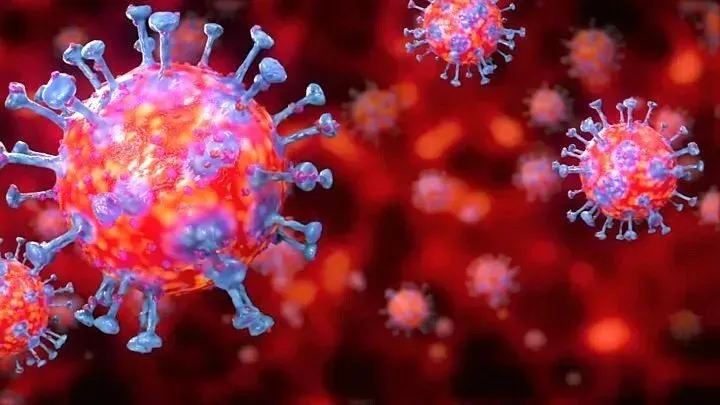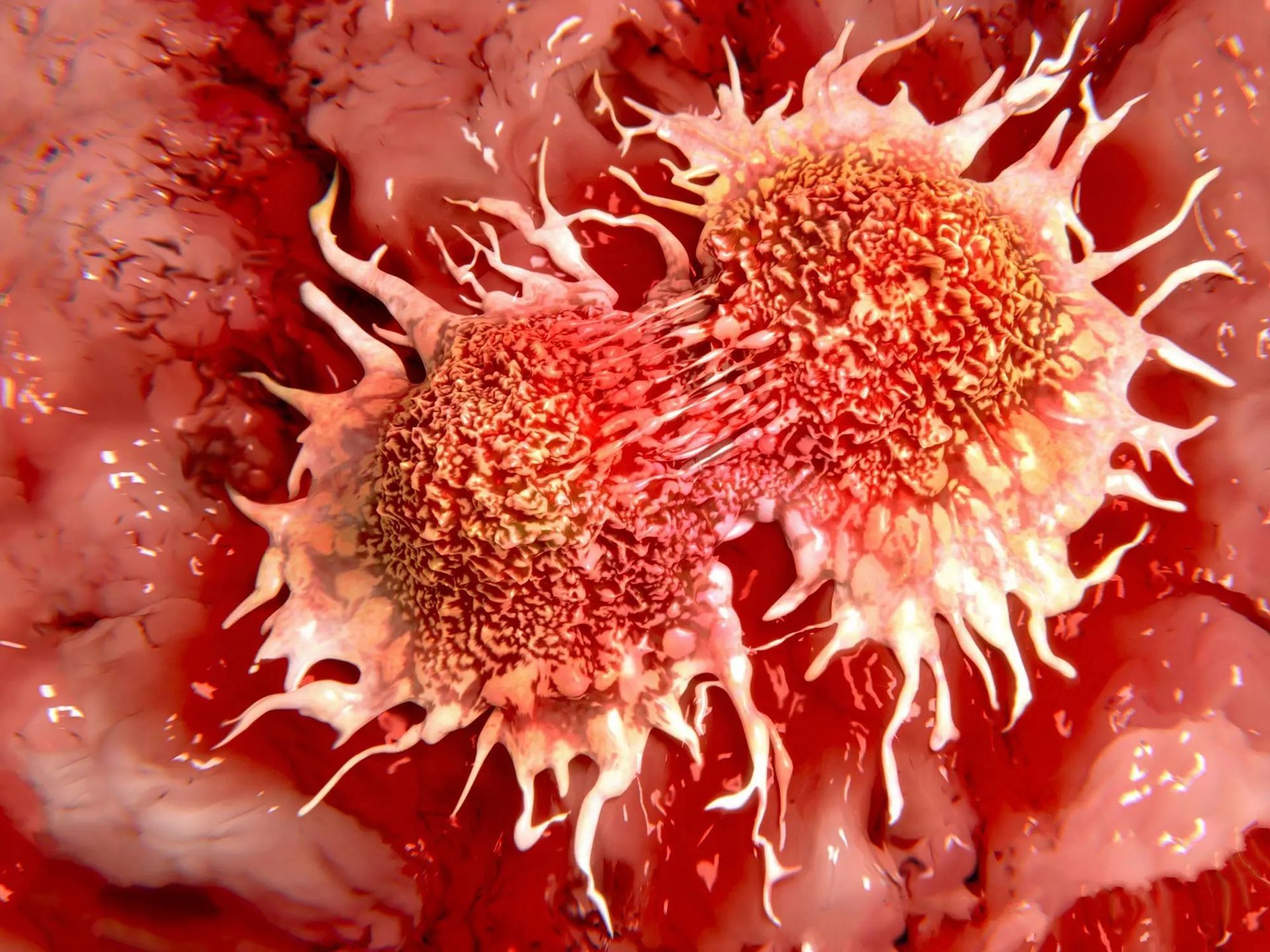(Abstract)
In our study, we found additional mutations in the genome that appear to contribute to tumour growth in 5 to 10 percent of patients who develop cancer. The findings could (that is our assumption), help doctors identify drugs that would have a better chance of successfully treating those patients. Currently, at least 30 percent of cancer patients do not have a driver mutation that can be detected and used to guide treatment.
Since the human genome was sequenced two decades ago, researchers have scoured it to try to find mutations that contribute to cancer by causing cells to grow out of control or evade the immune system. Sequencing has successfully identified some cancer drivers such as epidermal growth factor receptor (EGFR), which is commonly mutated in lung tumours, and BRAF, a common melanoma driver. Both of these mutations can now be targeted with specific drugs. While those targets have proven useful, protein-coding genes make up only about 2 percent of the genome. The other 98 percent also contain mutations that can occur in cancer cells, but it has been much more difficult to find out whether any of those mutations contribute to the development of cancer.
Computational tools that allow us to look for these driver mutations outside of protein-coding regions have really been lacking. That's what we were trying to do here - to design a computational method that will allow us to investigate not just 2 percent of the genome that encodes proteins, but all 100 percent.
Zdenko Kos,
MSc MEc BScEcon(Hons) MBA
SWISS MEDICAL JOURNAL 2008


